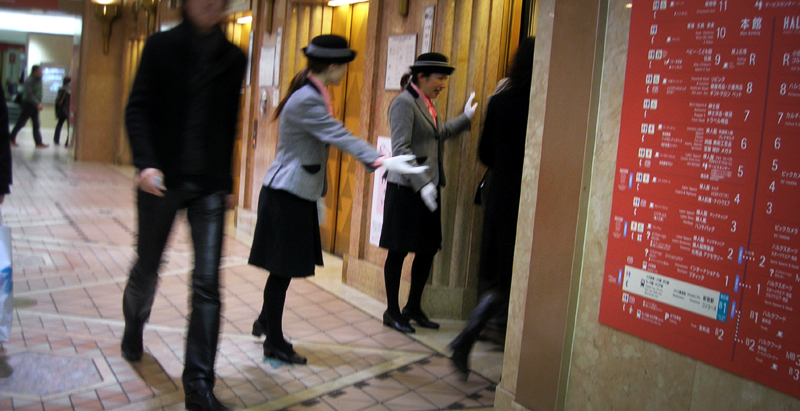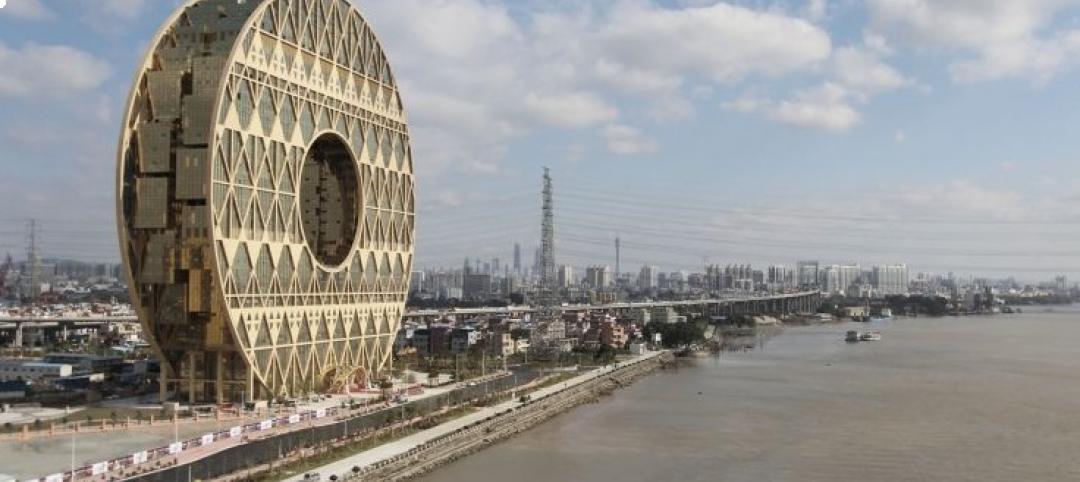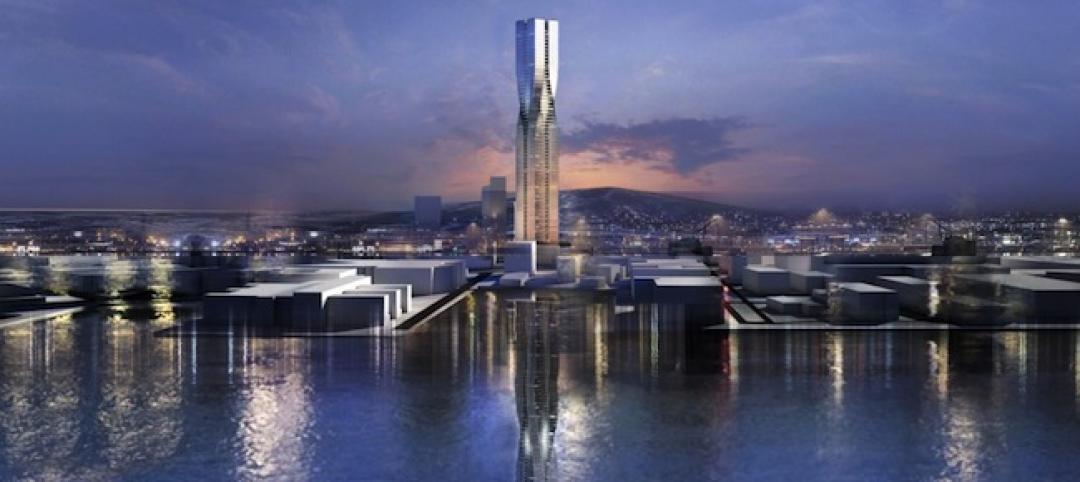Around 20% of the world’s earthquakes of magnitude six or greater occur in Japan. When the ground shakes, elevators tend to stop, and it can take hours until passengers can be rescued.
Mental Floss reports that policymakers in Japan are considering a new building code that would mandate plumbing and running water in every elevator. According to The Australian, the Japanese government estimates that up to 17,000 people will be stranded in elevators in Tokyo alone when “The Big One” strikes, referring to a huge quake seismologists are almost certain will hit Japan within the coming decades.
Currently, many Japanese high rises have included emergency boxes with bottled water and blankets in elevators, with the boxes doubling as makeshift chamber pots.
The building code’s discussion was first reported by The Japan Times, which says that the discussion was spurred by a magnitutde-8.1 earthquake that struck off the coast of Japan on May 30.
“The earthquake caused about 19,000 elevators to stop in the capital and neighboring prefectures,” the article says. “People were trapped temporarily in 14 elevators and it took 70 minutes to rescue them in one case, ministry and industry officials said.” No deaths were reported from the earthquake.
Related Stories
| Aug 6, 2014
Vegetated residential tower breaks ground in Taiwan
With vegetated balconies reaching the full height of the 100-meter tower, the One More residential development aims to establish a relationship between its residents and nature.
| Aug 5, 2014
New bomb-proof concrete mixture used in One World Trade Center
The new concrete mix deforms instead of breaking, removing the threat of flying debris in an explosive attack.
| Jul 30, 2014
Wolf Point high-rise development begins construction in Chicago
Designed by Pelli Clarke Pelli Architects, the 48-story luxury residential tower is part of a three-tower mixed-use development along the Chicago River.
| Jul 24, 2014
High-rise 'slum' in Venezuela to be shuttered
Authorities have decided to move 4,400 squatters out of Venezuela's third-tallest skyscraper, allegedly to investigate the structural soundness of the tower.
| Jul 17, 2014
A harmful trade-off many U.S. green buildings make
The Urban Green Council addresses a concern that many "green" buildings in the U.S. have: poor insulation.
| Jul 17, 2014
A high-rise with outdoor, vertical community space? It's possible! [slideshow]
Danish design firm C.F. Møller has developed a novel way to increase community space without compromising privacy or indoor space.
| Jul 11, 2014
First look: Jeanne Gang reinterprets San Francisco Bay windows in new skyscraper scheme
Chicago architect Jeanne Gang has designed a 40-story residential building in San Francisco that is inspired by the city's omnipresent bay windows.
| Jul 10, 2014
BioSkin 'vertical sprinkler' named top technical innovation in high-rise design
BioSkin, a system of water-filled ceramic pipes that cools the exterior surface of buildings and their surrounding micro-climates, has won the 2014 Tall Building Innovation Award from the Council on Tall Buildings and Urban Habitat.
| Jul 1, 2014
China's wild circular skyscraper opens in Guangzhou [slideshow]
The 33-story Guanghzou Circle takes the shape of a giant ribbon spool, with the floor space housed in a series of boxes suspended between two massive "wheels."
| Jun 18, 2014
SOM's twisting tower wins design competition for Sweden's tallest skyscraper
The skyscraper, which will reach 230 meters and is named Polstjärnan, or "The Pole Star," is to be built in Gothenburg, Sweden.
















